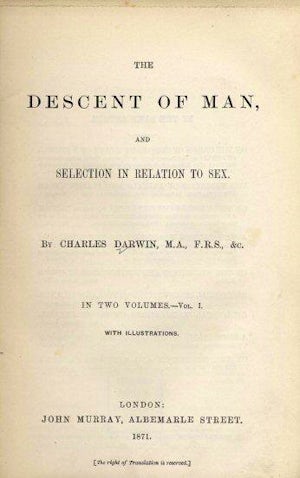New Hampshire enacted voluntary sexual sterilization laws. It was later reenacted as compulsory in 1929.
April 18, 1917. The House of Representatives for New Hampshire passes "An act permitting sterilizing operations in certain cases of mental disease and feeble-mindedness". The statute empowered the state to sterilize patients in the care of state institutions. The aim was to prevent the procreation of people with undesirable traits. The legislation outlines who was to decide when sterilization procedures were necessary, how the process was to go, and how the finances should be managed.
This statute specified two surgical procedures for performing sterilization operations: vasectomy and fallectomy. It was the up to the physician, in consult with at least two other physicians, do decide whether a patient might need a sterilization operation. If the physicians thought that the patient might have children who would be mentally disabled, then a sterilization procedure could be approved; however, only after consent was received from either the patient or a guardian. Interestingly, it was same physicians who were responsible for deciding whether a patient needed an operation and whether they were capable of giving consent. The statute also outlines that physicians were to be financially reimbursed by the state, through various institutions, if they performed a sterilization operation (New Hamp. Laws, ch.181, §1-4, 704-705).
Although active from several years, the 1917 legislation was not widely used (Kaelber, 2011). In 1927, however, amendments were made to the legislation so that patient or guardian consent was no longer required (New Hamp. Laws, ch.138, §1, 162). Sterilization operations could be approved solely on the basis of the judgment of a board of physicians; one of which had to be the superintendent of the institution (New Hamp. Laws, ch.138, §2, 162). The legislation was also amended to be more specific about what conditions were grounds for sterilization, e.g. epilepsy or insanity; this was in place of the previous more general label of "mental diseases".
The procedures leading up to the sterilization operation were also changed. If the board of physicians decided a sterilization operation was required, then they had to serve the patient, or their legal representative, write notice two weeks prior. Following notification, there would be a hearing were the patient, or their representative, could appeal the board's decision. The board was to keep records of all the proceedings. A final change was to add in a legal exemption for the physicians, they no longer could be held criminally responsible for performing sterilization operations (New Hamp. Laws, ch.138, §11, 165).
Up until 1928, the 1917 legislation had resulted in only 39 sterilization (Kaelber, 2011). However, with amendments of 1929, that number rose significantly. For example, 80 in 1932 alone; culminating in a total 679 sterilization. The significance of the New Hampshire legislation was that kept in step with legal developments in the United States. The consent based approach of the 1917 legislation reflects the legal tentativeness of sterilization laws at the time. However, after 1927, the Supreme Court, in Buck vs. Bell, upheld the constitutionality of sterilization legislation. The result was a stronger, compulsory based approach in the reenacted 1929 version.
-Luke Kersten
Kaelber, L. (2011). Eugenics: Compulsory Sterilization in 50 American States. Retrieved from http://www.uvm.edu/~lkaelber/eugenics/NH/NH.html.
State of New Hampshire. (1917). An Act permitting sterilizing operations in certain cases of mental disease and feeble-mindedness. Laws of the State of New Hampshire.
 1869:
Galton publishes Hereditary Genius
1869:
Galton publishes Hereditary Genius
 1871:
Charles Darwin publishes The Descent of Man
1871:
Charles Darwin publishes The Descent of Man